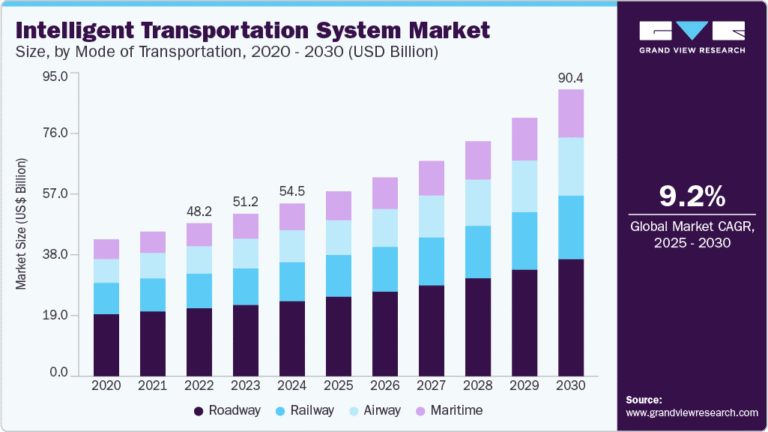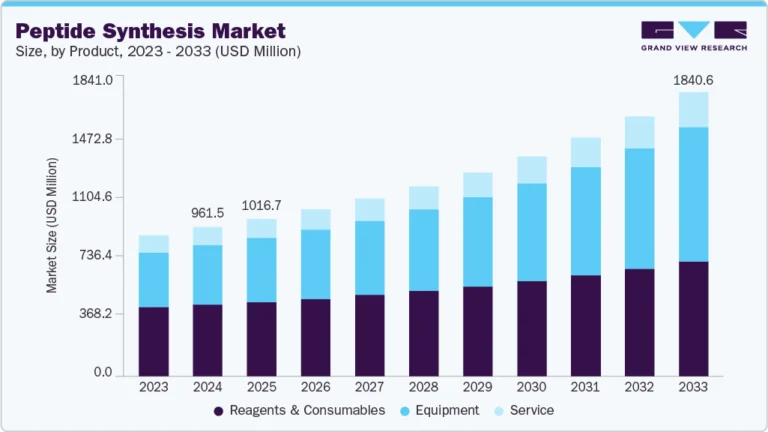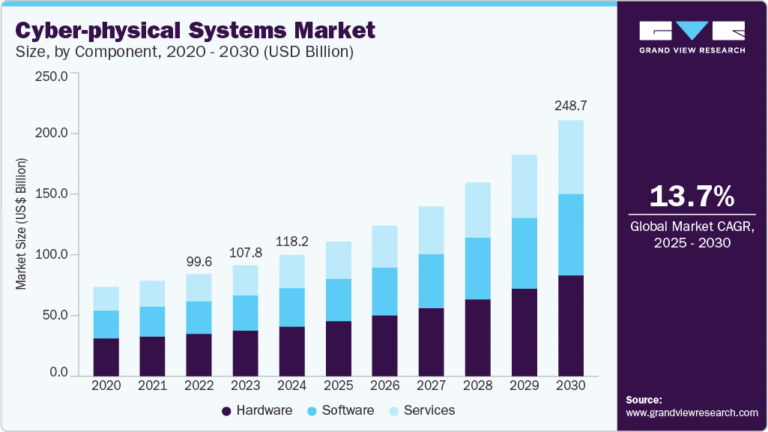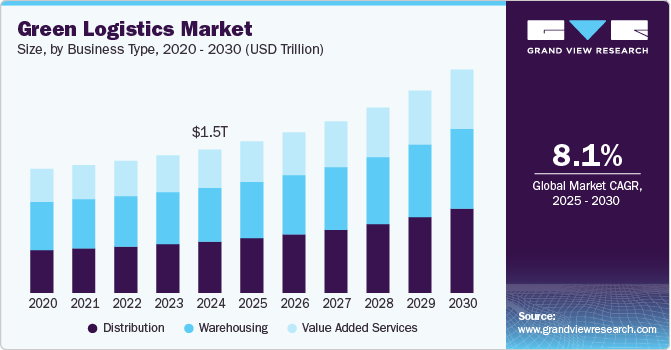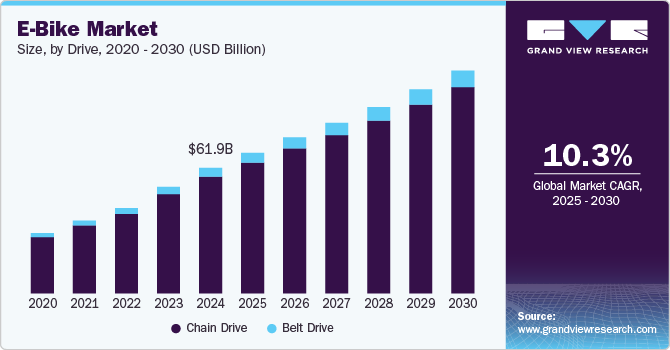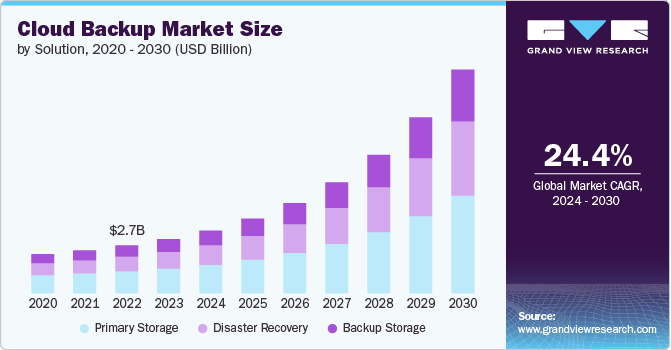Enterprise Networking Market Size, Share & Trends Analysis growing at a CAGR of 5.4% from 2025 to 2030

The global enterprise networking market size was estimated at USD 215.45 billion in 2024 and is projected to reach USD 298.30 billion by 2030, growing at a CAGR of 5.4% from 2025 to 2030. The increasing demand for network systems to connect, supply, and retrieve information among various companies is fueling the growth of the industry.
Market Size & Trends:
- The Asia Pacific enterprise networking market dominated the global industry with a share of 40.3% in 2024.
- The enterprise networking market in the U.S. is driven by cloud adoption and the shift toward remote and hybrid work models.
- By equipment, the Ethernet switch segment accounted for the largest share of 37.3% in 2024.
- By infrastructure type, the outsourced segment accounted for the largest market share in 2024.
Key Market Statistics:
- 2024 Market Size: $215.45 Billion
- 2030 Estimated Market Size: $298.30 Billion
- CAGR: 5.4% (2025-2030)
- Asia Pacific: Largest market in 2024 and fastest growing region during the forecast period
Request a free sample copy or view report summary: https://www.grandviewresearch.com/industry-analysis/enterprise-networking-market/request/rs1
The rising corporate need for comprehensive enterprise networking integration for mobile workforces, the internet of things (IoT), and cloud applications is projected to augment the growth in demand. As a result of the growing focus on greater bandwidth networks, network modernization of apps, and Wi-Fi expansion, many firms are also expected to accelerate advancements in their networking infrastructure.
Emerging technologies such as machine learning (ML) and artificial intelligence (AI), 5G, cloud computing, the Internet of Things (IoT), and edge computing are transforming the future of networking, with various effects on industry and society as a whole. One of the acute effects of these technologies is the increased complexity and expense of operating IT networks. Organizations adopting new technologies and applications must invest in new infrastructure, tools, and skills to manage and secure their networks effectively. It can lead to higher operating costs and greater demand on IT resources. On the other hand, these technologies also enable new applications and services that can significantly impact society. For example, smart city transportation systems can use IoT sensors and AI algorithms to optimize traffic flow, reduce congestion, and enhance safety.

